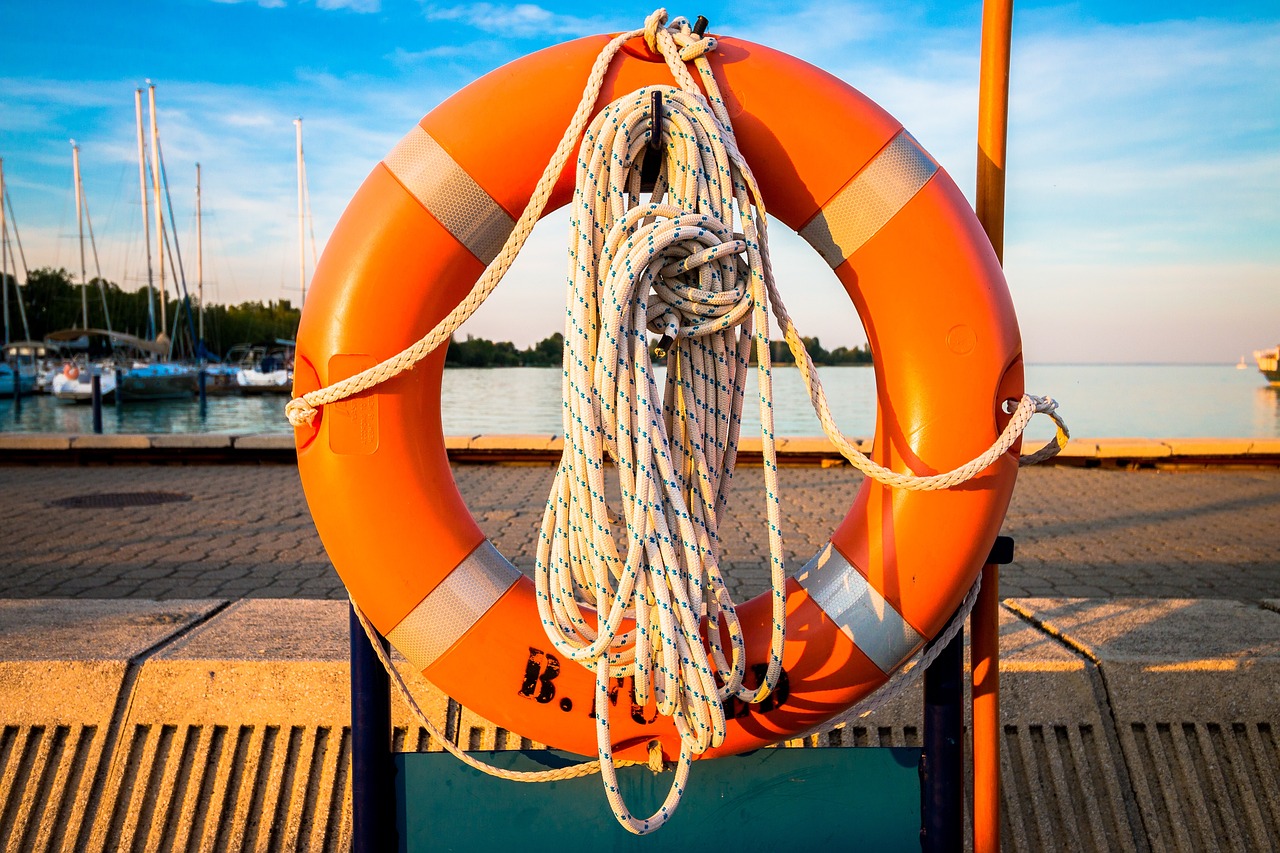Operating an outboard engine is an exciting experience that opens up a world of boating adventures. However, it is crucial to prioritize safety to ensure a secure and enjoyable time on the water. In this article, we will discuss essential safety measures for outboard engine operation. By following these guidelines, you can protect yourself, your passengers, and other boaters while maximizing the pleasure of your boating activities.
- Wear a Life Jacket: One of the most critical safety measures when operating an outboard engine is wearing a life jacket. Regardless of swimming abilities, unexpected accidents or emergencies can occur. A properly fitted and U.S. Coast Guard-approved life jacket can provide buoyancy and save lives in case of falls, collisions, or mishaps. Ensure that all passengers on your boat wear life jackets at all times.
- Familiarize Yourself with the Engine: Before setting out on the water, take the time to familiarize yourself with the outboard engine and its controls. Read the owner’s manual, understand the functions of each control, and practice operating them before heading out. This includes knowing how to start and stop the engine, shift gears, control the throttle, and engage safety features like the engine kill switch.
- Use the Engine Kill Switch: The engine kill switch is a vital safety device that shuts off the engine in case of an operator or passenger overboard situation. Always attach the kill switch lanyard to your wrist, life jacket, or clothing when operating the outboard engine. This ensures that if you fall overboard, the engine will automatically stop, preventing the boat from circling uncontrolled and potentially causing harm.
- Be Aware of Surroundings and Observe Speed Limits: Maintaining situational awareness is crucial for safe boating. Keep a lookout for other vessels, swimmers, and potential hazards in the water. Observe speed limits and adjust your speed accordingly, especially in crowded areas, near docks, or in areas with restricted visibility. Adhering to speed limits helps prevent accidents and allows for timely maneuvering to avoid collisions.
- Follow Navigation Rules and Local Regulations: Familiarize yourself with the navigation rules and regulations specific to your boating location. Understand right-of-way rules, navigation aids, and any specific local requirements or restrictions. Complying with these rules ensures a smooth and safe boating experience for yourself and others sharing the water.
- Carry Safety Equipment and Perform Regular Maintenance: Ensure your boat is equipped with essential safety equipment, including fire extinguishers, sound-producing devices (such as whistles or horns), navigation lights, and a first aid kit. Regularly inspect and maintain your outboard engine, checking fuel systems, electrical connections, steering mechanisms, and other vital components to prevent mechanical failures and ensure reliable operation.
Conclusion:
When operating an outboard engine, safety should always be a top priority. By following essential safety measures such as wearing life jackets, familiarizing yourself with the engine controls, using the engine kill switch, being aware of surroundings, obeying speed limits and navigation rules, and carrying proper safety equipment, you can protect yourself, your passengers, and other boaters. Remember, responsible and safe boating ensures that everyone can enjoy their time on the water while minimizing the risks associated with outboard engine operation.
